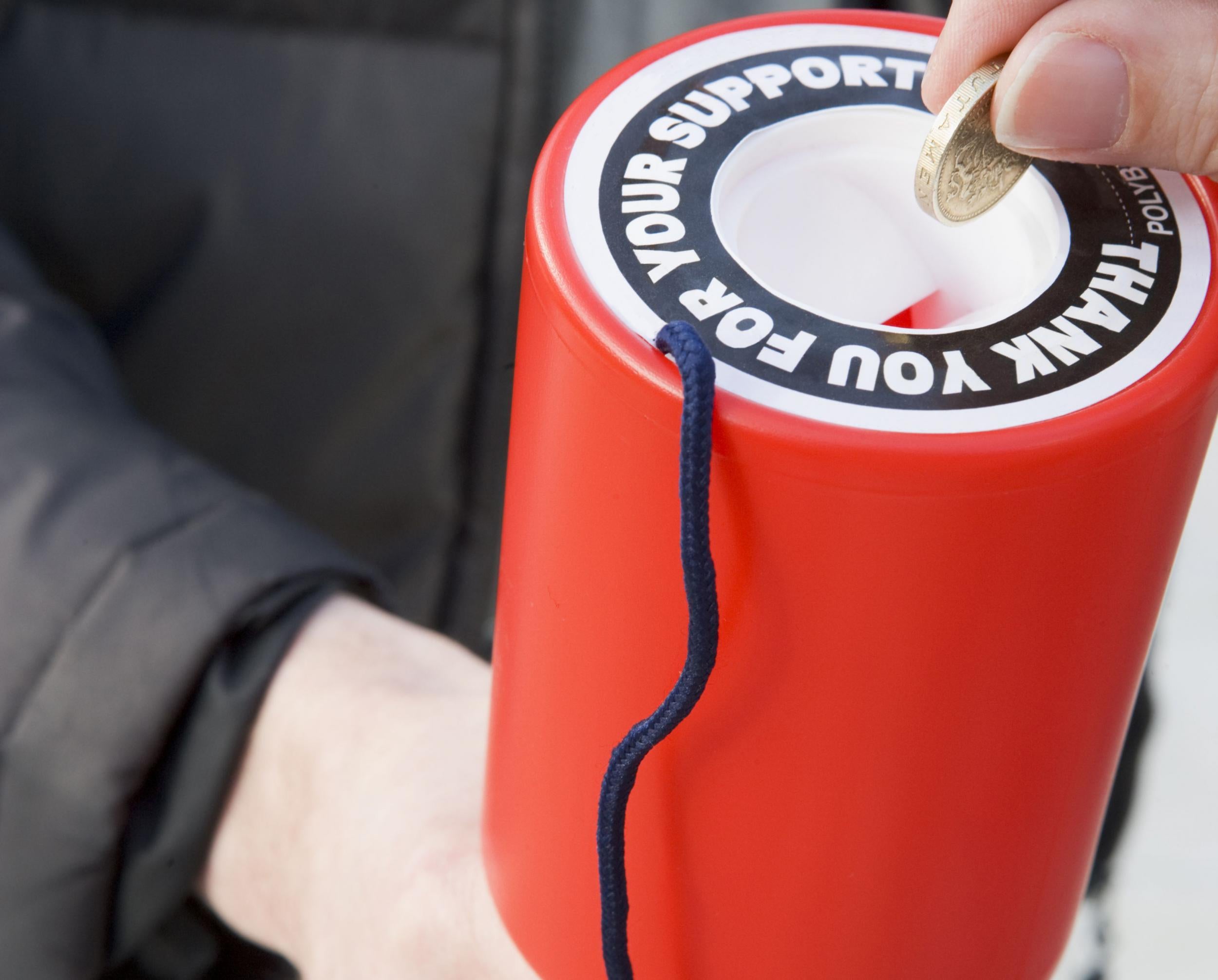One in five charities spends less than half their total income on good causes, says new report
The report by the True and Fair Foundation said that 1,020 charities were spending as little as one per cent on their causes

Your support helps us to tell the story
From reproductive rights to climate change to Big Tech, The Independent is on the ground when the story is developing. Whether it's investigating the financials of Elon Musk's pro-Trump PAC or producing our latest documentary, 'The A Word', which shines a light on the American women fighting for reproductive rights, we know how important it is to parse out the facts from the messaging.
At such a critical moment in US history, we need reporters on the ground. Your donation allows us to keep sending journalists to speak to both sides of the story.
The Independent is trusted by Americans across the entire political spectrum. And unlike many other quality news outlets, we choose not to lock Americans out of our reporting and analysis with paywalls. We believe quality journalism should be available to everyone, paid for by those who can afford it.
Your support makes all the difference.One in five charities spend less than half of their total income on good causes, a report by the True and Fair Foundation has revealed.
The study found that 1,020 charities with a combined income of £6bn reported spending less than 50 per cent on their charitable activities.
A further 292 charities - with a combined income of £2.4bn - spent less than 10 per cent of its income on charitable spending.
The report by the transparency charity looked at over 5,000 charities with more than £500,000 in their latest accounts filed to the Charity Commission.
Engineering research charity Lloyd’s Register Foundation - which was set up in 2012 - came bottom of the list.
The study found that it spent just one per cent of its average income the past three years on its charitable endeavours.
According to the commission's data - released on the government’s website - the rest of these charities' money is typically spent on saving for the future as well as fundraising, campaigning, operating costs and “governance”.
Gina Miller, Founder of the True and Fair Foundation, told the Telegraph: “It is an utter disgrace that so much of the money people generously give is going to feed large charity machines, which are often characterised by obscene overheads and salaries, aggressive fundraising, and bloated marketing and publicity departments; resulting in questionable levels of charitable spending.”
She called for a minimum annual dispersal rate of 65 per cent for charities to be discussed.
But in a blog post, the director of public policy for the National Council for Voluntary Organisations, Karl Wilding, said the report was misleading and a minimum spend requirement could reduce the amount of money charities had to spend.
He explained that many charities had to run large operational costs in order to bring in revenue: “To meet Ms Miller’s ‘65%’ demands, Sue Ryder could shut down its charity shops.
“It would be spending less on trading, so its ratio would look ‘better’ in her eyes. But it would have millions of pounds less to spend on the people it helps.”
A spokesman for Lloyd’s Register Foundation told the Independent the allegations contained in the report werre "muddled, naïve and confused".
He said: "Apart from confusing the LRF with Lloyd’s of London (the insurance market), both in the image of the Lloyd’s of London building and in the final paragraph on page 7, the report on the LRF considers the annual turnover of its operating entity, Lloyd’s Register Group Ltd, as ‘income’ available to spend on charitable purposes. This is clearly misleading.
"The actual income of the LRF, which comes from the trading group gift-aiding a proportion of its profits and from investments, was £19.5m for the 2014/15 financial year, and grants awarded were £12.7m (and a £10m grant was awarded just after the year-end). In the context of the report this equates to charitable spending of 65% of income.
"Moreover, the LRF also discharges its charitable purpose through the safety related activities of the trading group – such as safety inspections on 8,500 ships each year, the on-going development of rules for the safe construction and maintenance of ships, verifying the safe design and operation of oil rigs etc – for the benefit of the public and environment."
Join our commenting forum
Join thought-provoking conversations, follow other Independent readers and see their replies
Comments